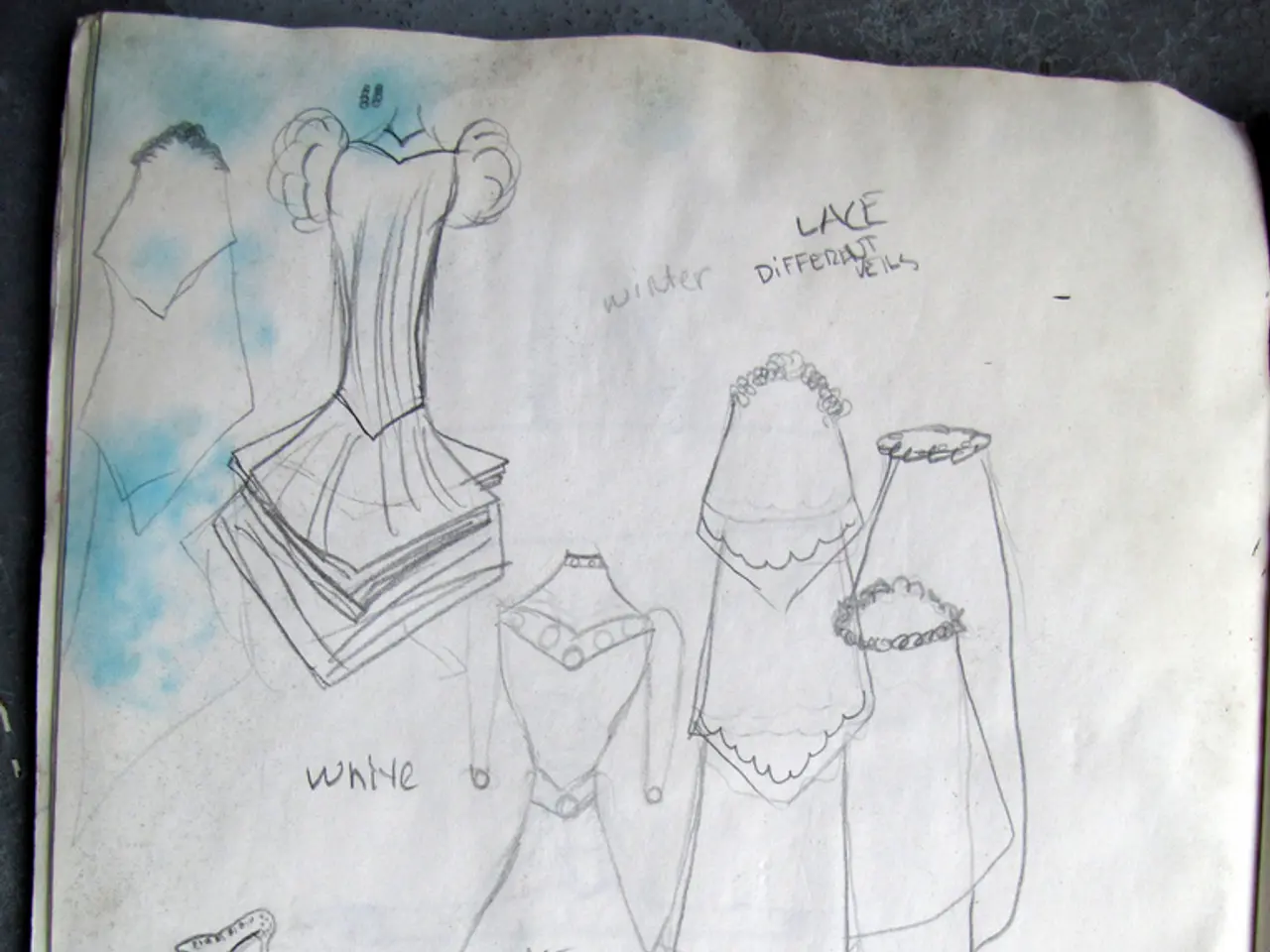Comprehensive Instructional Guide on Creating Reverb Effects for Newcomers in Audio Production
In the world of digital audio workstations (DAWs), the Lexicon 224 Digital Reverb has long been a revered tool for creating lush, professional-quality reverb effects. By understanding and utilising its classic reverb programs, advanced parameter tweaking, and creative techniques, you can achieve a polished sound that's often heard on countless records from the '80s to the present day.
Select the Right Reverb Program
The Lexicon 224 offers eight classic presets, including Hall, Room, Plate, and Chorus reverb. Choose a program that suits the instrument: Hall or Room for natural ambiances, Plate for vocal smoothing, and Chorus for lush, textured effects.
Dial in Early Reflections and Decay
Adjust the decay time to control the length of the reverb tail. Early reflections shape the perceived size and distance of the space. Balancing these lets you place an instrument front and center or farther back in the mix.
Use Subtle Reverb on Vocals
The Lexicon 224 excels at adding dimension to vocals without smearing dynamics. Use moderate decay and mix levels to "breathe magic" into vocal tracks while retaining clarity.
Apply Sends and Aux Channels
Routing tracks to dedicated aux channels loaded with the Lexicon 224 plug-in enables parallel processing, precise control over reverb levels, and easier automation during mixing.
Explore Advanced Settings
Tweak parameters like pre-delay (to separate the direct sound from reverb), diffusion (density of the reverb tail), and EQ controls on the reverb return to sculpt the character carefully.
Combine with Compressors and Dynamic Control
Use compressors (e.g., UAD 1176LN or LA-2A) on the dry signal or reverb return to keep the sound tight and controlled, enhancing clarity and punch in the mix.
Experiment with Creative Uses
Besides traditional uses, try the Chorus program on guitars or vocals for atmospheric textures or double reverbs (e.g., Hall + Chorus) on selected parts to create unique depth.
Regularly updating user patches can ensure you're making use of the latest features and improvements. Setting up a Lexicon reverb for the first time involves connecting the hardware to your audio interface, installing any required software or drivers, and configuring initial settings like reverb time and decay to match your desired effect.
For a vintage feel, employing programs based on classic sounds from the '80s, such as the Plate settings, can help bring your drum tracks forward. Maximising the potential of your Lexicon reverb includes exploring its hidden control panel, which may provide additional customisation not immediately visible.
Proper maintenance ensures efficient performance and longevity of your equipment. Adjusting the reverb time is important for ensuring vocals don't get lost in the mix. Shorter reverb times work well for fast-paced tracks, while longer times suit slower, more emotional songs.
The Lexicon 224 offers a more vintage reverb sound compared to the advanced features and increased processing power of the 480L. Fine-tuning control parameters can help minimise zipper noise, a type of noise often caused by rapid parameter changes.
Creating user patches requires knowledge of the plugin's interface, where you can adjust parameters to tailor sound textures. Managing system noise control and DSP usage efficiently can drastically improve the performance of your Lexicon Reverb Plugin.
Applying reverb to drums can transform their presence in a mix. Using presets like the Drum 2 can add clarity and space. For a detailed manual of the UAD Lexicon 224, you can visit the Universal Audio Support page.
The first Lexicon reverb, the Model 224, was introduced in 1978 and was groundbreaking for its digital technology. It became a staple in the music industry, praised for creating lush and vibrant reverb effects that were previously hard to achieve, significantly impacting audio production standards.
To achieve classic reverb sounds using the Lexicon 224 plugin, focus on adjusting the Reverb Time controls, Treble Decay, and Pre-Delay. Choosing the right type of reverb for vocals is crucial for creating the perfect vocal reverb. Chamber reverbs can add depth and dimension, while vocal plate reverbs provide a classic and smooth sound often used in pop music.
Customising the Depth and Pre-Delay settings for percussion can help create better separation and clarity. Short, snappy reverbs are effective for percussion elements to avoid muddiness. Backing up your user patches is critical to prevent data loss. The 'sys noise' feature on the Lexicon 224 is designed to simulate the background noise characteristic of mechanical reverbs.
Exploring the hidden control panel of a Lexicon reverb can provide additional customisation not immediately visible, allowing for refined parameter adjustments. By mastering the Lexicon 224 plug-in, you can add a touch of magic to your vocal and drum tracks, creating mixes that stand out in the crowd.
- To achieve a polished vocal sound using the Lexicon 224 plugin, apply moderate decay and mix levels, adding dimension without smearing dynamics.
- The Lexicon 224 offers a more vintage reverb sound compared to the advanced features of the 480L, making it ideal for creating a '80s-inspired feel for drum tracks.
- Balancing early reflections and decay lets you place an instrument front and center or farther back in the mix, using the Lexicon 224's reverb programs like Hall or Room for natural ambiances.




